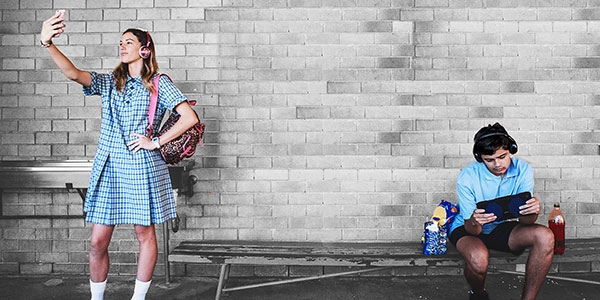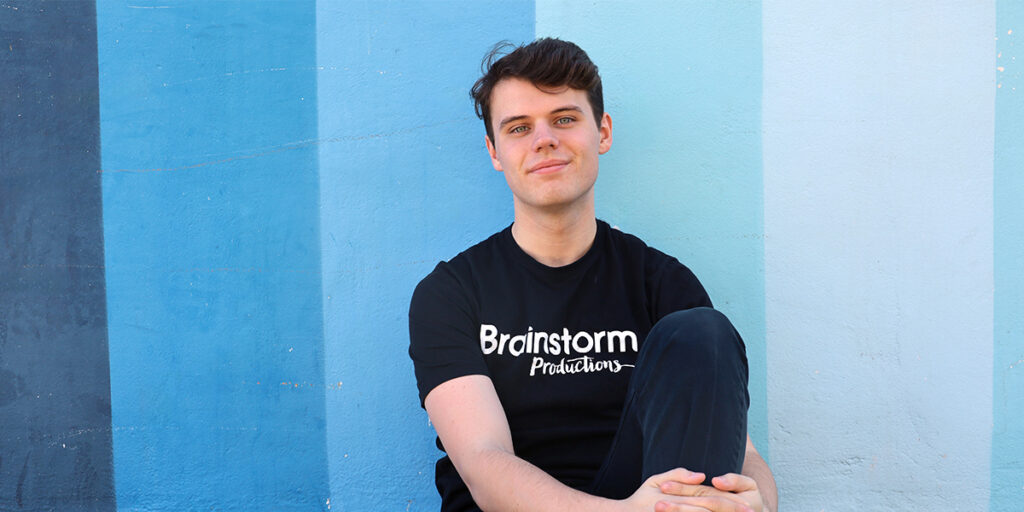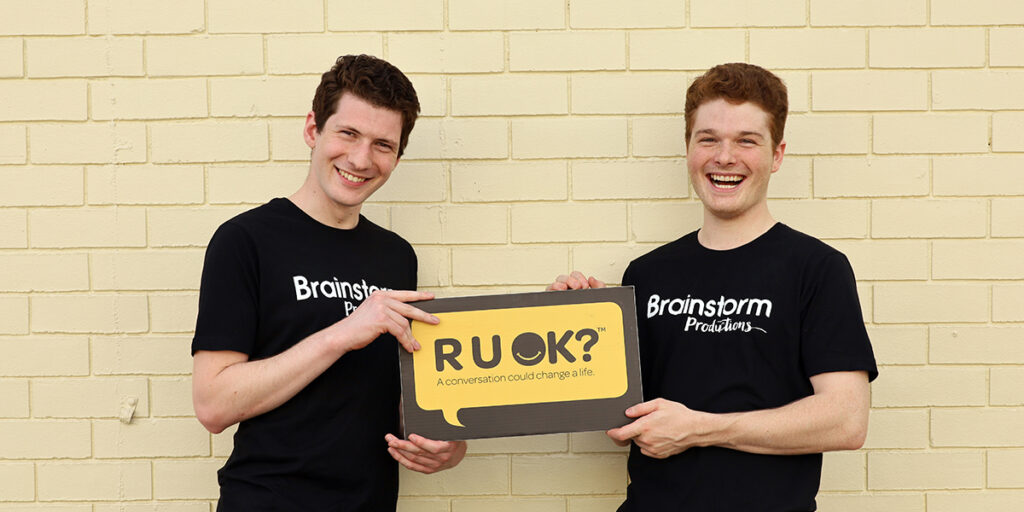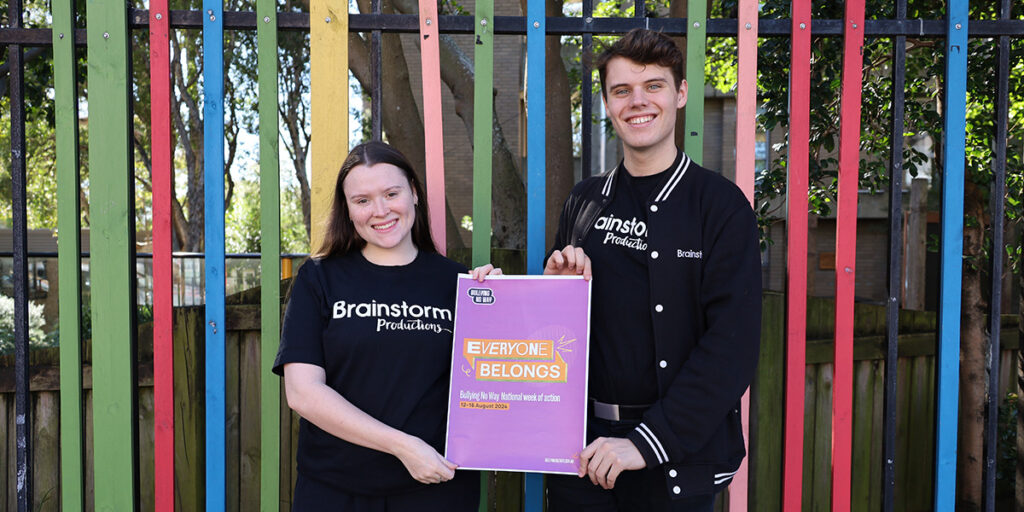Screen time is a major concern for many parents. Children are learning to use digital devices from a young age and primary school students regularly use technology for entertainment and to socialise with their friends. The latest Child Health Poll found that one-third of Australian pre-schoolers, two-thirds of primary school children and almost all teenagers own their own tablet or smart phone.
The Office of the eSafety Commissioner warns excessive screen time can contribute to sleep difficulties, obesity and poor school performance.
A 2018 study in Preventative Medicine Reports found that any screen time beyond one hour per day was associated with lower psychological wellbeing in children and teens, including poorer self-control, curiosity, emotional stability, and poorer ability to complete tasks, manage distractions and make friends.
Excessive screen time can also have implications for eye health, posture and sleep.
It has also been argued that screen time stunts imaginative play by saturating the senses with a constant stream of entertainment.
Digital health expert Dr Kristy Goodwin says displacement effects are one of the biggest issues – the more time kids spend on screens, the less time they are spending outdoors in sunlight, being physically active and developing balance, coordination and social skills.
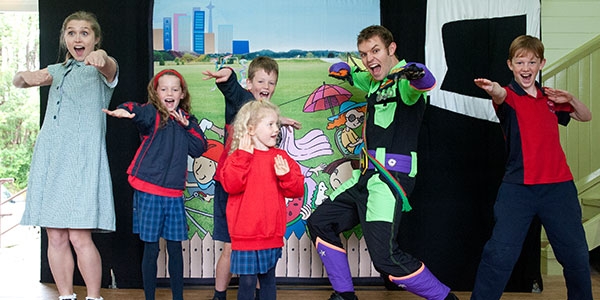
How much time should kids spend on devices?
The Australian Government’s Physical Activity and Sedentary Behaviour guidelines recommend no more than two hours of leisure screen time per day for 5 to 17 year-olds. Dr Anthea Rhodes, paediatrician at the Royal Children’s Hospital, also recommends keeping screens out of the bedroom, and says it’s best to have no screens one hour before bed.
While most parents try really hard to limit their children’s screen time, it’s becoming an increasing struggle, and many parents are left feeling ineffective and frustrated. Some experts believe the current guidelines are unrealistic, and should be updated to be more applicable to our screen-saturated world.
And these recommendations don’t include time spent on devices at school and doing homework.
Margaret Kristin Murga from Murdoch University notes that most students are already exceeding the recommended screen time for leisure and believes we need guidelines that account for the hours spent using devices for schoolwork.
So what about screen time in the classroom?
There are differing opinions about how devices should be used in education.
An SBS Insight program revealed that many Australian schools are embracing technology in the classroom, and BYOD (bring your own device) policies are common practice.
Staff from schools such as Lansvale Public School in Sydney’s south-west believe that when it’s well integrated into the learning environment, technology provides opportunities for more critical, curious and self-directed learning. It’s preparing students for a rapidly changing world and an uncertain future.
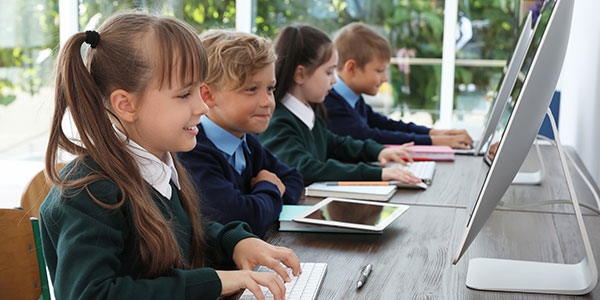
When used appropriately, technology can make learning more engaging, interactive and efficient. Year 4 student Nini says “I use them [iPads] to research, they enhance my learning. I research the definition of the word rather than look it up in a big dusty dictionary”.
However, some teachers are observing a reduction in students’ ability to focus when there are devices in the room.
They are struggling to keep students on task and compete with the distractions on tablets and laptops. A lot of students use hotspots to access blocked websites, and monitoring of Internet use is an ongoing challenge. Teachers are finding pack up time is a battle when devices are involved and that technology is putting pressure on student-teacher relationships.
Most teachers would agree with the need for restrictions on smartphone use, however policies differ greatly between schools. Some students are able to self-moderate their technology use, but this is a big ask for most, especially primary school students.
The importance of balancing screen time at school
In addition to clear limits and guidance, students need balance when it comes to their technology use.
In fact, students often appreciate the value of screen-free learning time.
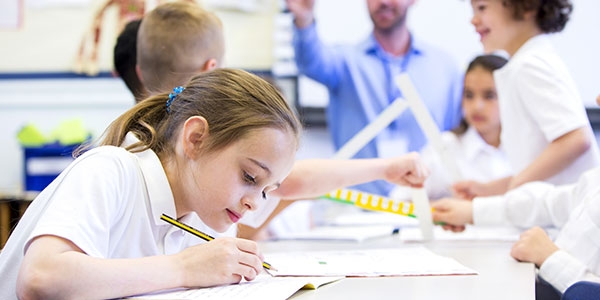
Year 10 student Matt says “everyone’s so much more involved when we’re not using computers. I feel much more focused in class”. And Year 12 student Jack says he remembers content better when he uses a pen and paper.
Year 6 student Suzanne points out “I’ve got other things to do beside’s going on my devices”.
Whatever your school’s approach to technology, students still need to learn through a range of media and methods, using all of their senses.
They need to learn how to read from a book, write and draw with their hands, move their bodies in different ways, understand social cues and interact with nature. They need to learn how to focus on a single task, even tasks that may be boring. And they need to learn how to tune in to their thoughts, emotions and physical sensations.
Creative activities like music, dancing, visual arts and drama can give students a variety of hands-on learning experiences. They require students to use different parts of the brain and expose them to the richness of human experience.

According to musician and activist Billy Bragg, “music can make you feel empathy for people that you’ve never met and for situations that you yourself have never been in…it can give you a different perspective, that helps you to deal with the world…any art – a play, a poem, a film, a song – can help you to psychologically prepare yourself for moments of stress”.
Break up screen time with theatre in education
Theatre in education can be employed by teachers to enhance their cyber safety education and school resilience programs, and give students a break from technology.
Cyber safety for students is essential, but it doesn’t need to be addressed using screens. In fact, students may learn more from a live theatre performance than they do from a movie with the same themes.
Brainstorm Productions offers a range of high school and primary school productions that explore issues like cyberbullying, cyber safety, screen time, balance, resilience, physical activity and respectful relationships, using the medium of live theatre.
Theatre in education requires students to focus on one thing for an extended period of time, rather than constantly switching between tasks and stimuli. It engages them in a narrative and gives them the chance to connect with the actors in front of them, without the mediating effect of screens.
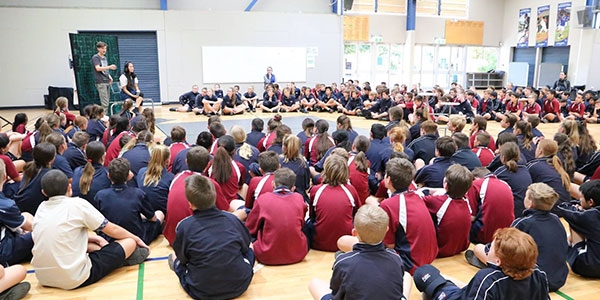
Research suggests that school theatre productions can improve social perspective taking, tolerance of others and willingness to accept different opinions.
The issue of screen time is at the forefront of the minds of parents, teachers, scientists and policy makers. As the digital world evolves, so does our understanding of how technology is impacting on children. We need to stay tuned in to the needs of students and ensure they have access to a wide range of learning opportunities.
– By Dr Ameika Johnson, Brainstorm Productions

